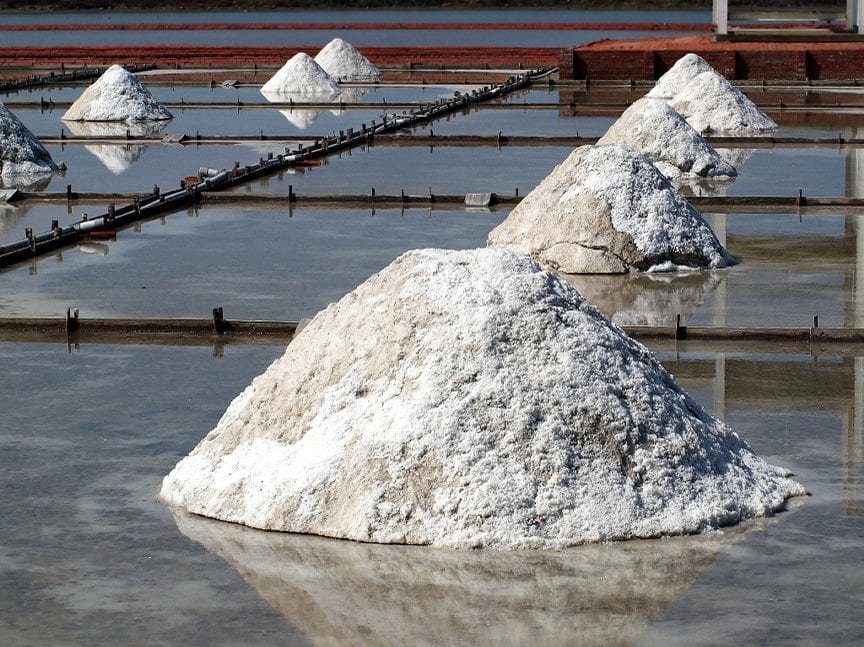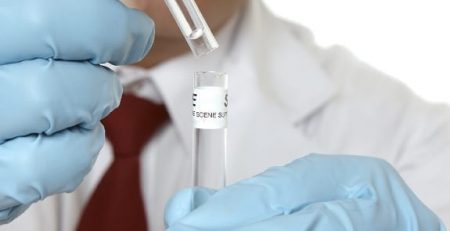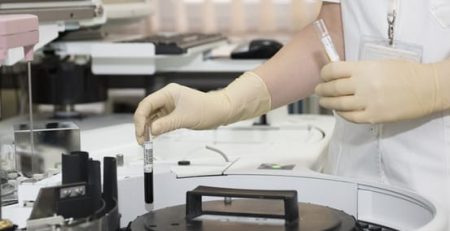New Desalination Process Helps Turn Ocean Water into Drinkable Water
Desalination is the only way a number of growing populations are able to have access to drinkable water, particularly in the Middle East and North Africa. In order to supply the amount of water needed to support these areas, large desalination plants are becoming more and more common, however they require expensive infrastructure and a great deal of power in order to operate. Until now.
New Atlas reports that researchers from the University of Alexandria have developed “a new salt-attracting membrane embedded with cellulose acetate powder” that can “quickly desalinate highly concentrated seawater and purify even badly contaminated seawater” as part of the pervaporation process.
While pervaporation isn’t a new process, this new membrane can be manufactured easily and cheaply. Pervaporation also doesn’t require electricity, making it much more energy efficient than other desalination methods. It also means it can be used in remote locations where fire can be used to vaporize the water. This method is also cleaner than the multi-step, reverse osmosis-based method used by the majority of desalination plants, as it doesn’t release large quantities of highly concentrate salt water and other pollutants back into the ocean.
Additional testing will need to be done to prove the commercial viability of the product, but this new membrane has the potential to prove a promising alternative to develop countries as a way to gain access to drinkable water.














